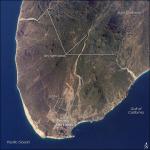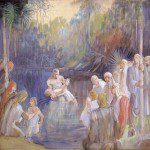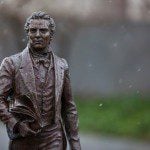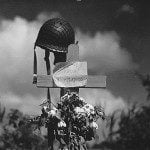
(Borrowed from the Westin website, which I hope and trust constitutes “fair use.”)
Today, the most concentrated amount of sheer cuteness in this region spent substantial time in a swimming pool alongside the beach. We were privileged to be there, as well.
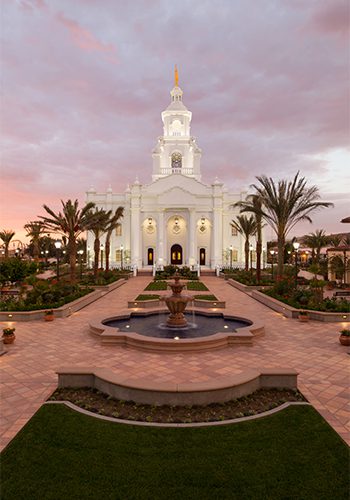
(LDS Media Library)
Newly posted on the website of the Interpreter Foundation: “The Temple: Ancient and Restored: Psalm 24 and the Two YHWHs at the Gate of the Temple,” written by David J. Larsen
Part of our book chapter reprint series, this article originally appeared in The Temple: Ancient and Restored, Proceedings of the Second Interpreter Matthew B. Brown Memorial Conference “The Temple on Mount Zion,” 25 October 2014 (2016) edited by Stephen D. Ricks and Donald W. Parry. For more information, go to https://interpreterfoundation.org/books/the-temple-ancient-and-restored/.
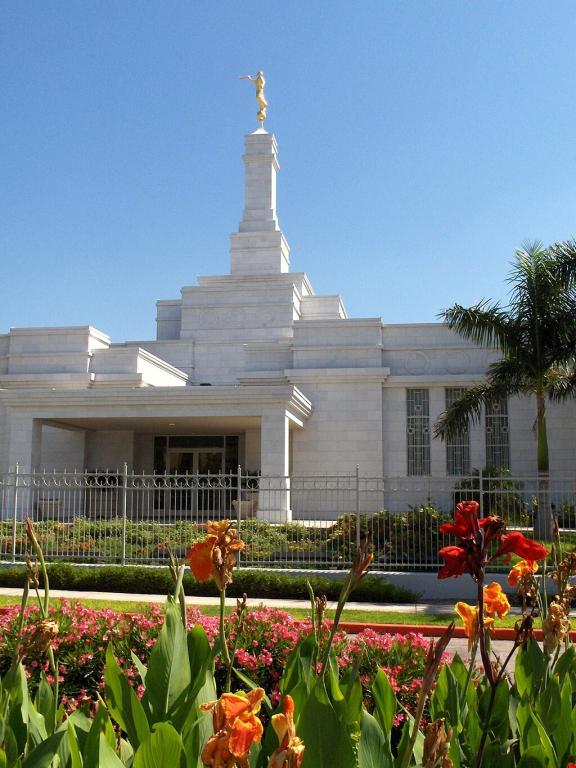
“As I write these words today, Israel is bombing the positions of Arabs in Gaza; Hamas is firing rockets at Israel.” (Boris Johnson, The Churchill Factor: How One Man Made History [London: Hodder & Stoughton, 2014], 315)
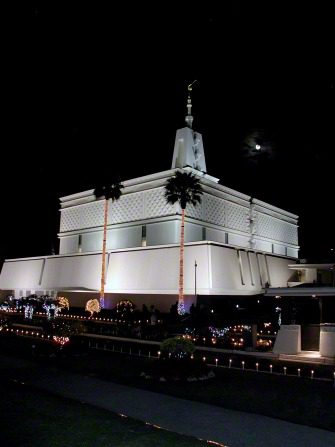
I’ll now share some notes here from Walker Wright and Don Bradley, “‘None That Doeth Good’: Early Evidence of the First Vision in JST Psalm 14,” BYU Studies Quarterly 61/3 (2022): 123-140. First, though, a bit of context:
For several decades, critics of the Restoration have often alleged that it was a late invention of Joseph Smith and/or that the accounts of it are fatally inconsistent and/or that it demonstrably evolved in the telling, such that no confidence can be placed in the surviving accounts of it. In this article, Walker Wright and Don Bradley argue that the Joseph Smith translation of the Bible or JST, often formerly called the “Inspired Version,” constitutes early, if indirect, corroborating evidence for the authenticity of the First Vision.
They acknowledge (at 123 n. 2) that Doctrine and Covenants 20:5-8, which was apparently received sometime between the summer of 1829 and its recording shortly after 6 April 1830, also represents early evidence for the First Vision, and very specifically to the forgiveness of sins described in Joseph Smith’s 1832 and 1835 accounts of it:
After it was truly manifested unto this first elder that he had received a remission of his sins, he was entangled again in the vanities of the world; but after repenting, and humbling himself sincerely, through faith, God ministered unto him by an holy angel, whose countenance was as lightning, and whose garments were pure and white above all other whiteness; and gave unto him commandments which inspired him; and gave him power from on high, by the means which were before prepared, to translate the Book of Mormon.
But their focus in this article is on the Joseph Smith Translation of the Bible and, most particularly, on its alterations to the fourteenth psalm.
Numerous elements found in later accounts appear in JST Psalm 14, indicating that the fundamental First Vision narrative remained far more consistent across time than has been assumed. (127)
Along the way, this sentence also caught my notice:
A distinction between Smith’s reported vision and many contemporaneous visions was its very literal sensory and corporeal character, which may have contributed to its rejection. (129 n. 19)
As did this passage, in which the authors seem to suggest that Joseph’s own experience, in which he literally saw the Father as the Father introduced the Son, motivated the specific revision of John 1:18 that appears in the JST:
The statement in KJV John 1:18, “He hath declared him,” carries some ambiguity regarding the referents of “he” and “him.” While the statement is most naturally read to indicate that the Son has declared the Father, it can also be read to say that the Father has declared the Son. Joseph’s revision to the passage indicates that he understood it to carry the second meaning and saw this as offering a proviso on which the Father can be seen — when he declares the Son. Joseph therefore reorganized the passage to make this its clear reading. (129 n. 20)
In line with such evidence in Joseph Smith’s 1832 account of the First Vision, Smith’s revisions to the Bible discussed here evidence that all three of the supposedly late-developed elements of the First Vision actually predate even this “earliest” First Vision account. (131)
After comparing Joseph Smith’s First Vision with the divine encounter experienced by the Lord’s servant in JST Psalm 14, it is difficult to disagree with Joseph Fielding McConkie’s judgment: “The JST rendering of this Psalm reads like another account of the First Vision.” (138)
It is worth noting that [Joseph Fielding] McConkie’s father, Bruce R. McConkie, recommended in 1980 that JST Psalm 14 be canonized in the Pearl of Great Price. (138 n. 53)
Already by 1831-1832, Joseph Smith’s translation of John 1:18 and 1 John 4:12 intimates that he connected his First Vision with the idea of seeing God the Father and of God the Father bearing witness: “This is My Beloved Son” (JS-H 1:17). In his 1832/33 translation of Psalm 14, Joseph reinforces that God the Father was part of the First Vision and weaves in further elements of the First Vision that will not appear in his formal accounts thereof for several years.
All of this attests to a much more consistent First Vision narrative than is often assumed. John Welch and James Allen have observed, “There is . . . striking consistency throughout the [First Vision] narratives; they combine impressively to give a consistent and coherent picture. A high percentage of the elements . . . sporadically appear in multiple accounts, both early and late, showing a high degree of independent, cumulative, concurrent corroboration. among these accounts.”
This observation holds even beyond the formal accounts of the First Vision. From Joseph Smith’s inspired 1831/32 translation of John 1:18 to his private 1844 testimony to Alexander Neibaur, Joseph’s words give evidence that the Father had borne witness of the Son. And from his 1832/33 translation of Psalm 14 to that same testimony to Neibaur shortly before the martyrdom (and even Brigham Young’s recollection after the martyrdom), he affirms that the Son told him, “All are gone aside,” and none were doing good, “no, not one.” Joseph Smith’s translation of the Bible thus bears witnesses that he was consistent in attesting to these events from the beginning of his prophetic career to the end. (139)
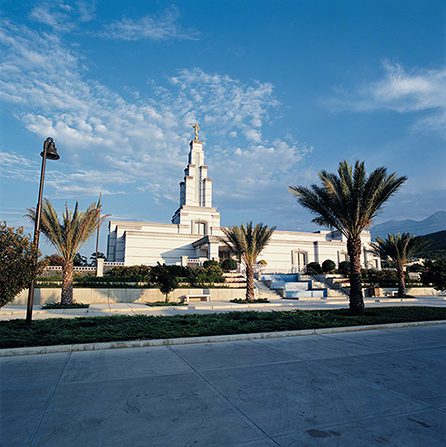
The crimes committed by theism and theists continue to accumulate with appalling speed. Here are five more specimens of theistic horror that have been drawn from the exhausting but plainly inexhaustible Christopher Hitchens Memorial “How Religion Poisons Everything” File™:
Please note that Christopher Hitchens has not been harmed by the creation of the Hitchens File. He is well beyond the reach of any earthly harm. Nor, for that matter, is he the target of the Hitchens File. As a matter of fact, I rather liked him, in a way, and I certainly wish him well. It is not the late Christopher Hitchens that is the object of my laughter. My target, rather, is Mr. Hitchens’s literally ridiculous notion that . . . well, as he himself expressed it, religion poisons everything.
Posted from Cabo San Lucas, Mexico


